Optimal Timing for Acoustic Ceiling Repairs
Timing plays a crucial role in the effectiveness and longevity of acoustic ceiling repairs. The optimal period depends on factors such as climate, indoor humidity levels, and building occupancy. Typically, late spring and early fall are ideal due to moderate weather conditions that facilitate proper drying and curing of repair materials.
Perform repairs during seasons with stable humidity and moderate temperatures to ensure optimal adhesion and drying of acoustic materials.
High humidity or extreme temperatures can compromise repair quality, leading to issues like mold growth or cracking.
Schedule repairs during periods of low occupancy to minimize disruption and allow sufficient time for curing.
Align repairs with routine maintenance schedules for cost efficiency and planning convenience.

Ways to make Acoustic Ceiling Repairs work in tight or awkward layouts.
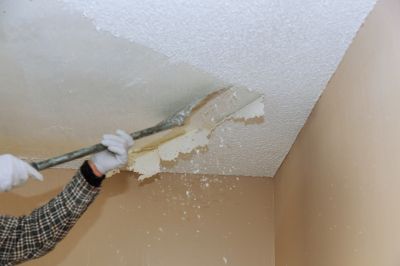
Popular materials for Acoustic Ceiling Repairs and why they hold up over time.
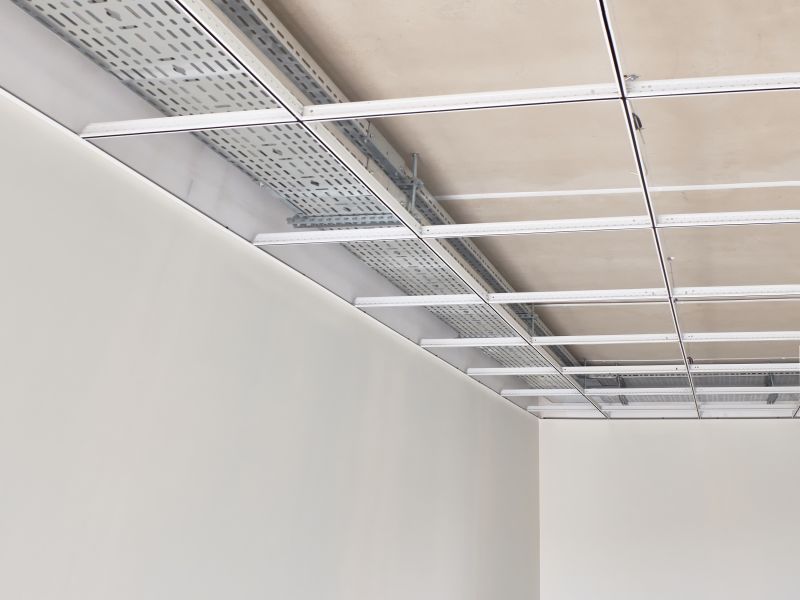
Simple add-ons that improve Acoustic Ceiling Repairs without blowing the budget.
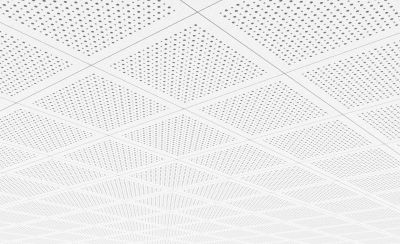
High-end options that actually feel worth it for Acoustic Ceiling Repairs.

Finishes and colors that play nicely with Acoustic Ceiling Repairs.
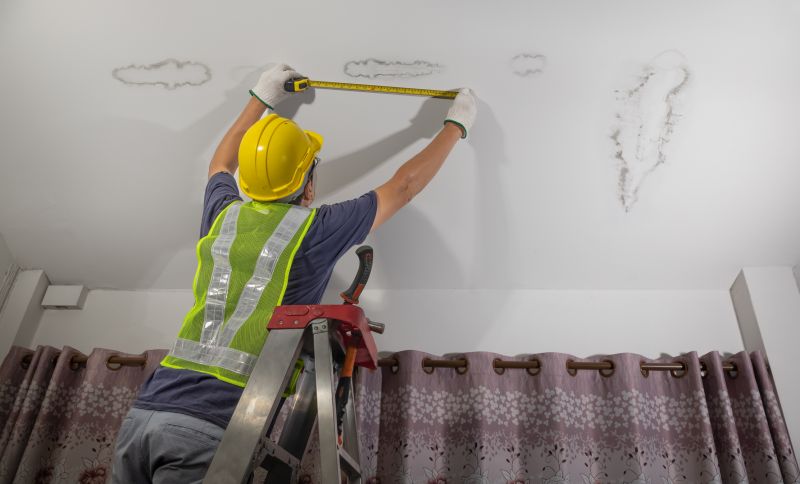
Little measurements that prevent headaches on Acoustic Ceiling Repairs day.
Acoustic ceiling repairs are essential for maintaining sound quality and aesthetic appeal in interior spaces. These ceilings often suffer from issues such as sagging, staining, cracking, or damaged tiles. Proper repair techniques can extend the lifespan of acoustic ceilings, improve acoustic performance, and restore visual uniformity. Regular assessments help identify early signs of deterioration, allowing timely intervention to prevent more extensive damage.
| Aspect | Details |
|---|---|
| Common Causes of Damage | Water leaks, impact damage, age-related wear, and poor installation. |
| Repair Materials | Acoustic tiles, joint compounds, sealants, and specialized repair kits. |
| Estimated Repair Time | Typically ranges from a few hours to a couple of days depending on scope. |
| Cost Factors | Extent of damage, material quality, and labor requirements. |
| Impact of Timing | Scheduling repairs during optimal weather conditions ensures better results. |
| Maintenance Frequency | Regular inspections are recommended every 1-2 years. |
| Environmental Conditions | Humidity levels and temperature influence repair success. |
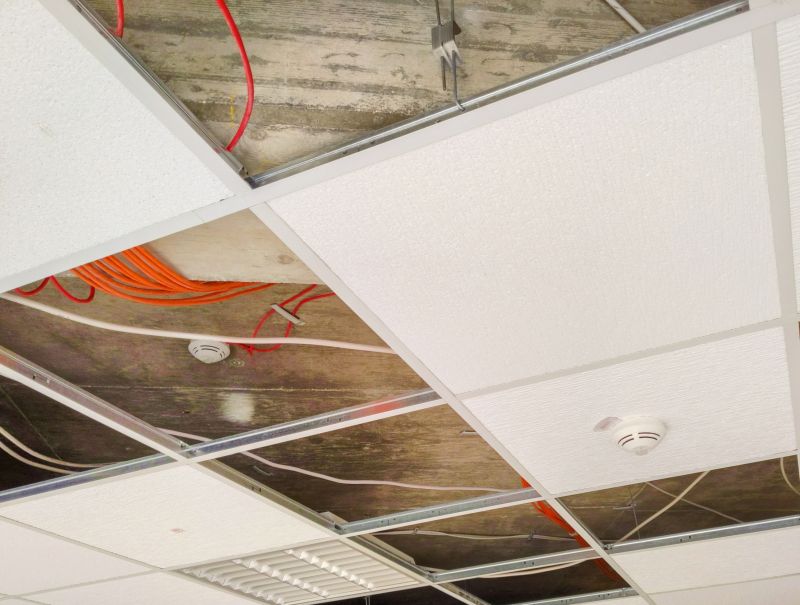
A 60-second routine that keeps Acoustic Ceiling Repairs looking new.
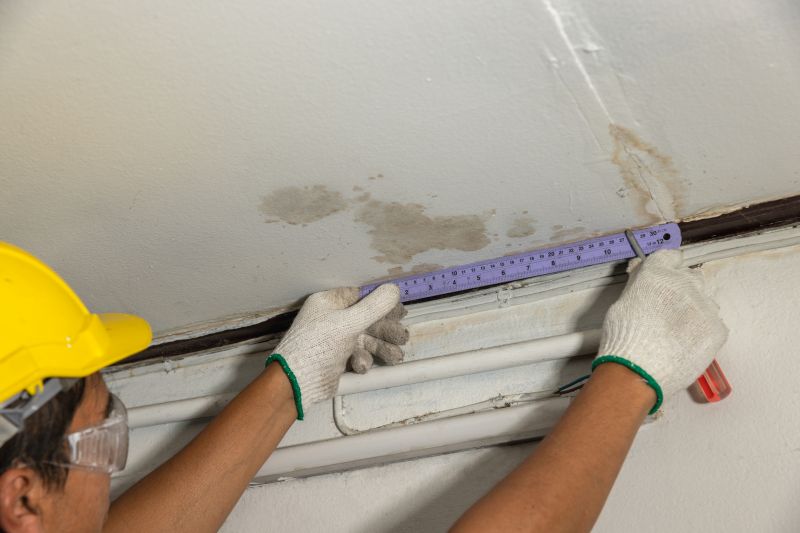
A frequent mistake in Acoustic Ceiling Repairs and how to dodge it.

Small tweaks to make Acoustic Ceiling Repairs safer and easier to use.

Lower-waste or water-saving choices for Acoustic Ceiling Repairs.
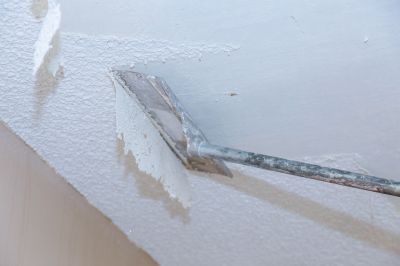
The short, realistic tool list for quality Acoustic Ceiling Repairs.
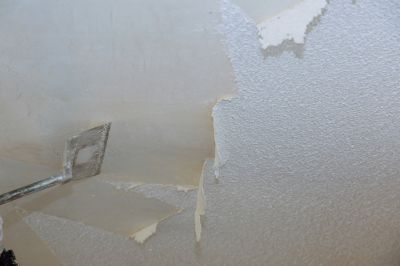
Rough timing from prep to clean-up for Acoustic Ceiling Repairs.
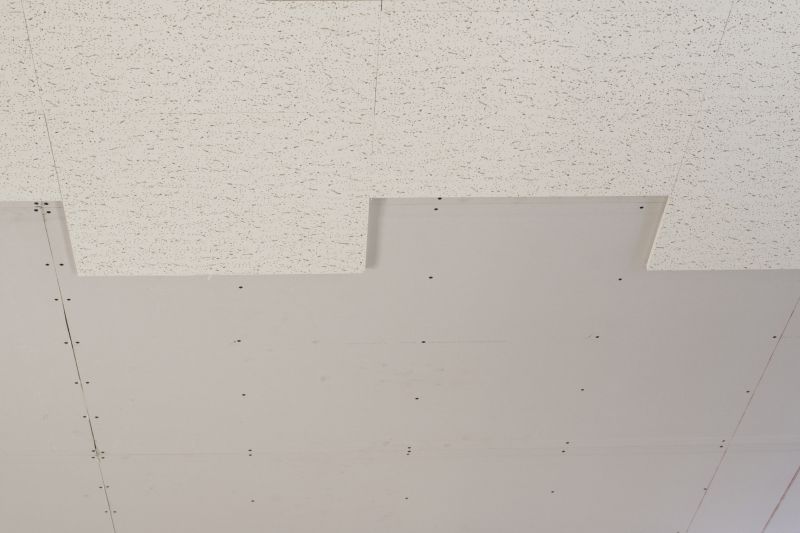
Quick checks and paperwork to keep after Acoustic Ceiling Repairs.
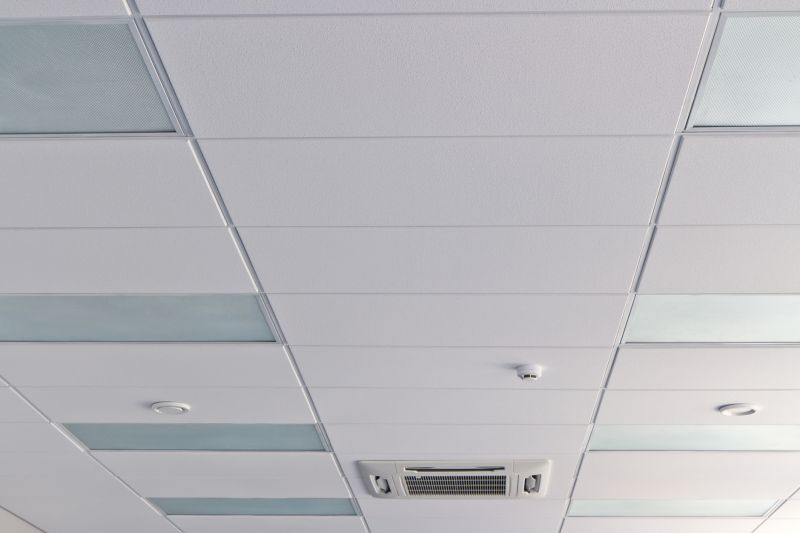
Examples that show the impact a good Acoustic Ceiling Repairs can make.
Understanding the best timing for acoustic ceiling repairs can significantly influence the durability and appearance of the ceiling. Proper scheduling ensures optimal conditions for materials to cure and adhere, reducing the risk of future issues. Regular inspections and timely repairs help maintain acoustic performance and aesthetic standards, ultimately prolonging the life of ceiling systems.
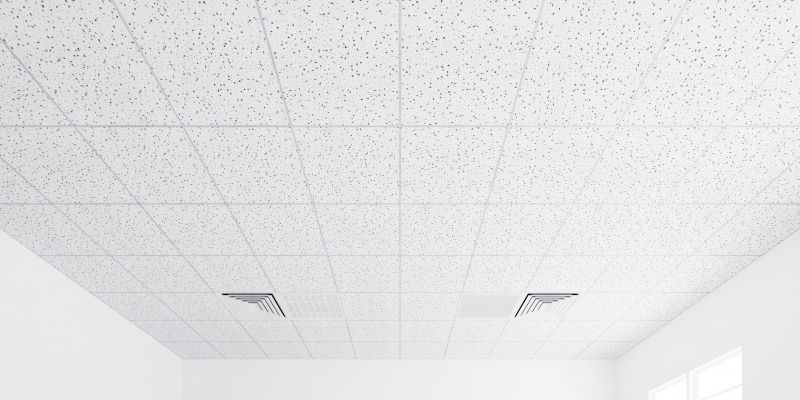
Ways to make Acoustic Ceiling Repairs work in tight or awkward layouts.
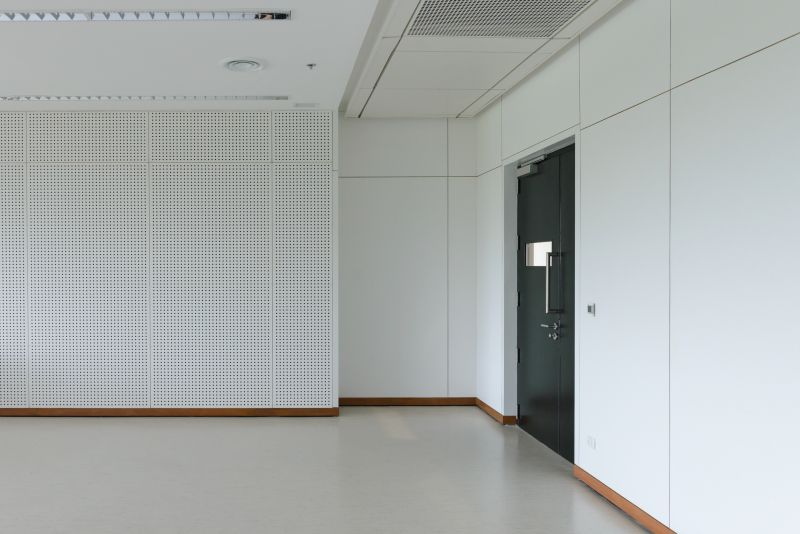
Ways to make Acoustic Ceiling Repairs work in tight or awkward layouts.
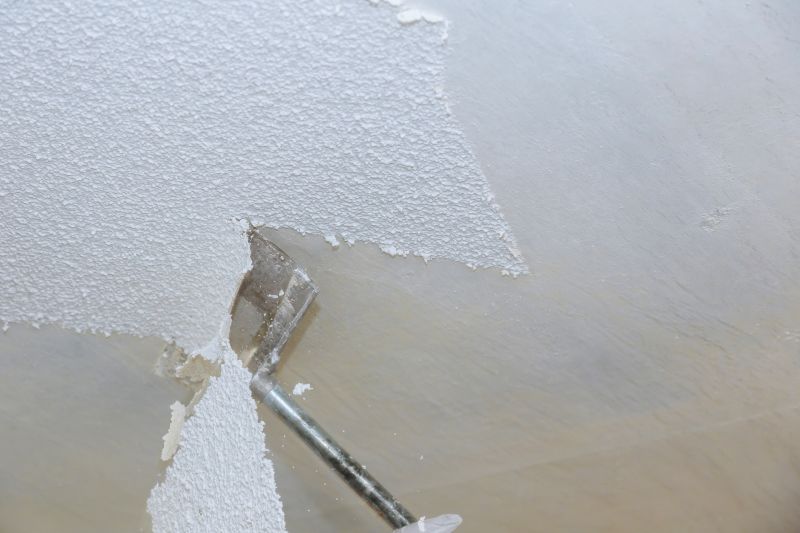
Ways to make Acoustic Ceiling Repairs work in tight or awkward layouts.
Interested in acoustic ceiling repairs? Filling out the contact form can provide more information and schedule an assessment to determine the best approach and timing for specific needs.
